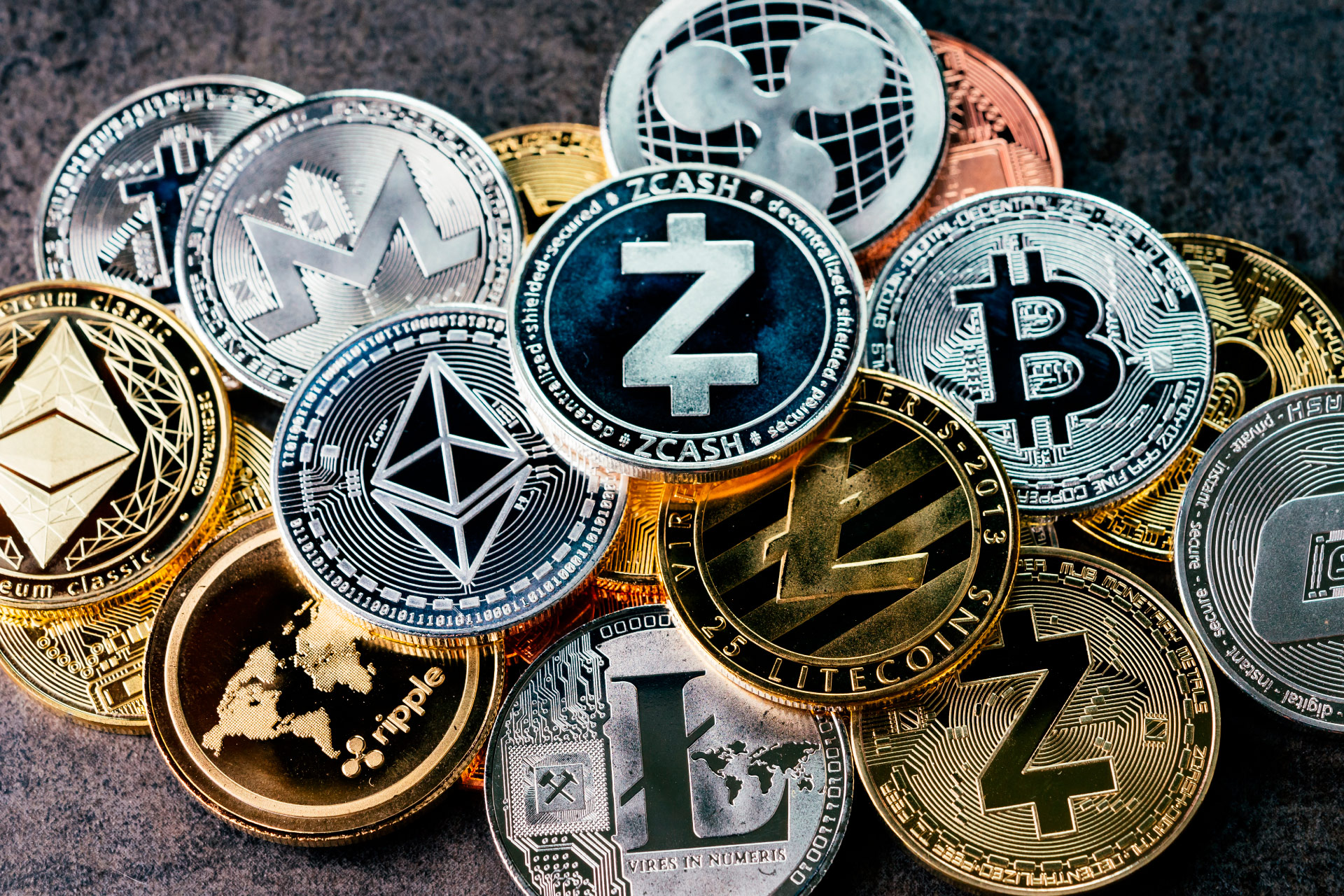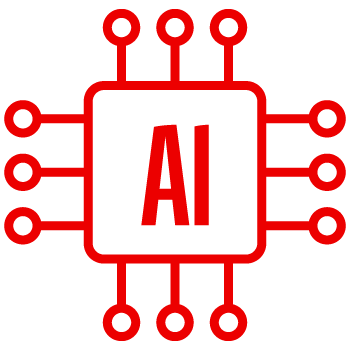Most common blockchain terms


Blockchain has become a business buzzword in recent years. Many industries, including banking, are targeting people with a background in this technology. Here we throw light on some of its most common terms.
Blockchain has become a business buzzword in recent years. Many industries, including banking, are targeting people with a background in this technology. Here we throw light on some of its most common terms.
Let’s first take you through what blockchain is. Broadly speaking, it’s a shared accounting registry — a vast database that’s hosted in many places at once and can’t be hacked. Its technology we can use to store and transfer all types of data and information quickly and securely.
Each user keeps a copy of all transactions. The encrypted copies interconnect with others while users validate them. Because validated copies cannot be altered or deleted without the other users finding out, transactions are guaranteed to be secure and legitimate.

In sum, as a shared and distributed database that uses cryptography to verify transactions, blockchain is a new way of transferring anything of value without intermediaries.
When blockchain is the topic of conversation, we usually hear terms like:
- Encryption: A way of protecting data with a code that users cannot decipher without the right key.
- Nodes: Devices managed by blockchain network users, who agree on the registration and status of new transactions in the database.
- Tokens: Real assets like bonds, property and art in digital form in the blockchain.
- Cryptocurrencies: Assets stored in a digital wallet and encrypted to guarantee the ownership and integrity of transactions. According to the Global Finance Markets Association, their value depends on supply and demand in the market.
This type of sophisticated database processing in industries like banking can reduce reliance on third party validation, time and costs and, thus, optimize infrastructure.







